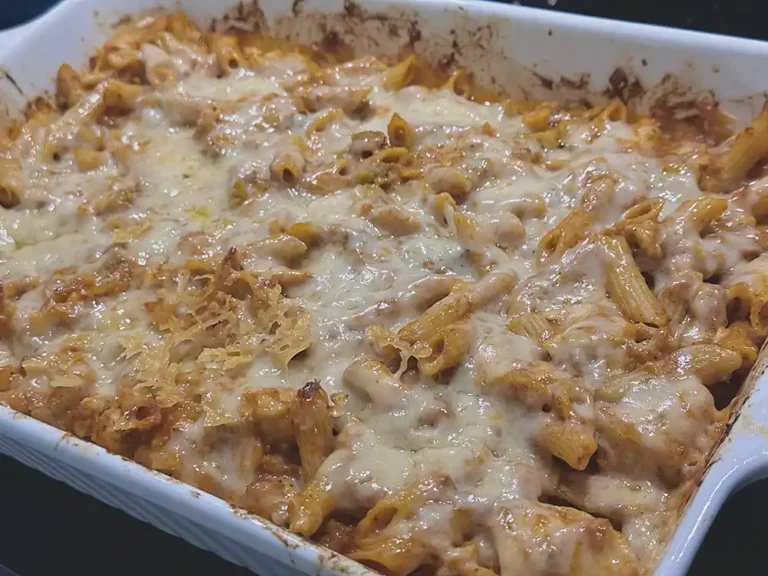Here are a few key steps to take to repair metabolism after yo-yo dieting. You’ll also gain an understanding of habits to focus on to reach realistic weight goals.
With diet culture running rampant, and social media fueling the fire, yo-yo dieting has become even more of an important topic to discuss in the past decade. The pattern goes like this – find a new diet, follow the set of rules, lose a little or a lot of weight, and eventually rebound and gain the weight back (potentially plus more).
Diets do not work when it comes to maintaining your weight after you’ve lost it. They may work for short term weight loss, but after all of the back and forth on the scale, your metabolism and health can suffer.
Let’s dive into how your body gets to this point, the signs to look for, and how to repair metabolism after yo-yo dieting.
Consequences of Yo-Yo Dieting
Every time you gain weight, you make new fat cells. Then as you lose the weight, these fat cells shrink but they don’t go away. At this point, you are at a higher risk of gaining more weight at another time due to the influence those cells have on hormones and other factors of metabolism. Your body and these fat cells want to restock the lost energy stores.
Another negative of this up and down weight fluctuation is that it can involve weight loss of lean body mass, with later weight gain of mostly fat. This increase in fat mass and decrease in lean muscle mass makes it even more difficult to ramp up your metabolism. Remember, lean mass (ie. muscle) is much more metabolically active than fat mass.
Leptin, Fat Cells, and Metabolism
Fat cells are in charge of controlling the release of leptin – a hunger hormone that can suppress appetite. Decreasing the size of fat cells decreases the production of leptin, which can leave you feeling hungrier and having a more difficult time controlling your food intake.
Part of repairing metabolism after yo-yo dieting is figuring out ways to control hunger with good food choices, timing of meals, and other lifestyle behaviors.
Leptin Resistance
There is also fascinating research about leptin resistance (different from insulin resistance). Leptin resistance can occur when there is an overabundance of fat cells producing leptin, and the brain and body become unsensitized to it. In turn, you don’t get the benefits of the higher leptin levels (which usually help suppress appetite).
The leptin system is complex, and while more research is needed, it is proposed that leptin sensitivity can be restored by reducing body fat over time, partaking in exercising, and modifying diet.
Slow Metabolism Symptoms from Dieting
While a slower metabolism can show itself in many different ways, some of the most common symptoms include:
- Easily gaining weight
- Lower BMR which can lead to a very difficult time losing weight if anything at all
- Hair loss
- Brittle nails
- Lower heart rate
Eating Below BMR and Still Gaining Weight?
As mentioned above, gaining weight even in a large calorie deficit is possible when your body has adjusted your energy needs after under consuming for a long time. Oftentimes, people refer to the body being in “starvation mode.” It has been restricted for so long that it begins to decrease how much energy it uses for normal processes.
The answer to how to fix a damaged metabolism after dieting isn’t as simple as the flip of a switch. To reset metabolism after years of dieting, you must take intentional steps to adjust your habits and goals so that your body can cooperate with what you set out to achieve.
How to Heal your Metabolism From Metabolic Damage
So what are you to do? While many people look for ways to “fix” their metabolism, I like to think of it as seeking more of a “reset.” Changing and/or adapting to new behaviors is your answer.
I have proven this within my practice and my client successes. Looking at your food environment, your food balance, and the timing of your meals and snacks is one of the best places to start.
Steps to Take to Repair Your Metabolism
First you need to start by setting new habits. Key things I recommend to my clients are:
- Eat every 3-4 hours
- Build a balanced plate with fiber, protein, and healthy fats. This includes filling half of your plate with fruits and vegetables.
- Eat a serving of lean protein (~20-25g) at every meal. Protein timing and amounts are important to focus on!
- Focus on gut-friendly foods, including probiotics
- Incorporate herbs and spices into your meals
- Drink a lot of water and incorporate green tea
- Stay active with both cardio exercises and resistance training
- Get proper amounts of sleep each day
- Seek ways to reduce stress – high cortisol levels from stress can also impact metabolism
Once you’ve begun to master these steps, you will be in a better place to focus on your weight goals. And the secret I can share with you is that as you build these better habits, you may even see the weight naturally come off.
Metabolism and Weight-Loss Friendly Recipe
Here’s an exclusive recipe from my new book, Prediabetes Weight Loss Solution! This Queso Fresco, Tomato, Basil and Avocado Wrap can be eaten for breakfast, lunch or even dinner.

Final Thoughts for How to Repair Your Metabolism After Yo-Yo Dieting
The road to a healthier and more sustainable approach to weight loss doesn’t have to be complicated or extreme! The right tools can propel you towards a more realistic lifestyle while also helping you focus on habits that can last a lifetime.
The goal is that over time, you are able to incorporate dietitian-recommended eating patterns with physical activity to preserve lean muscle mass. The pairing of these things, with a proper caloric intake, will allow you to continue on a forward path towards success.
More Articles About Metabolism
For more on this topic, here are other related articles:




